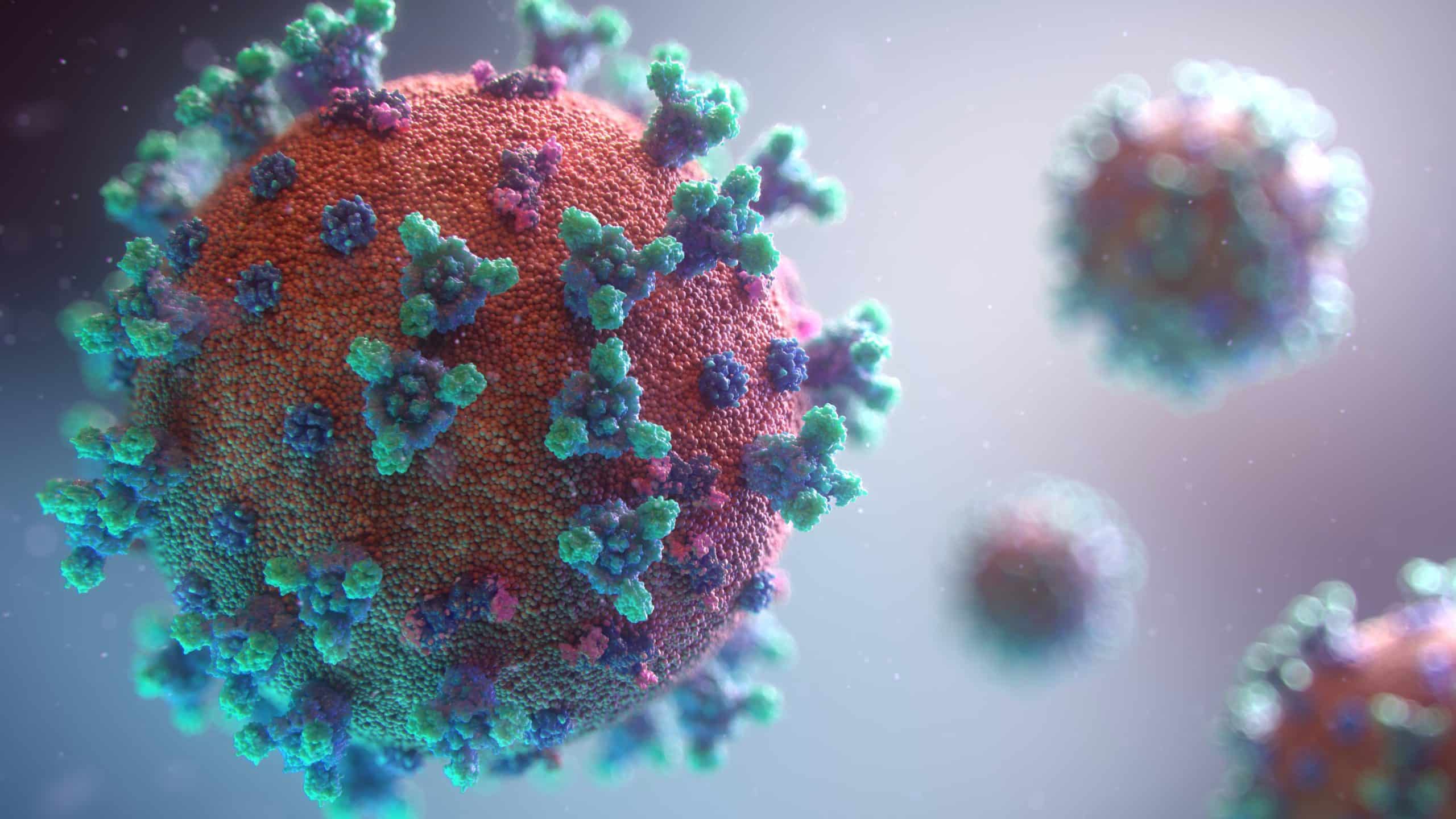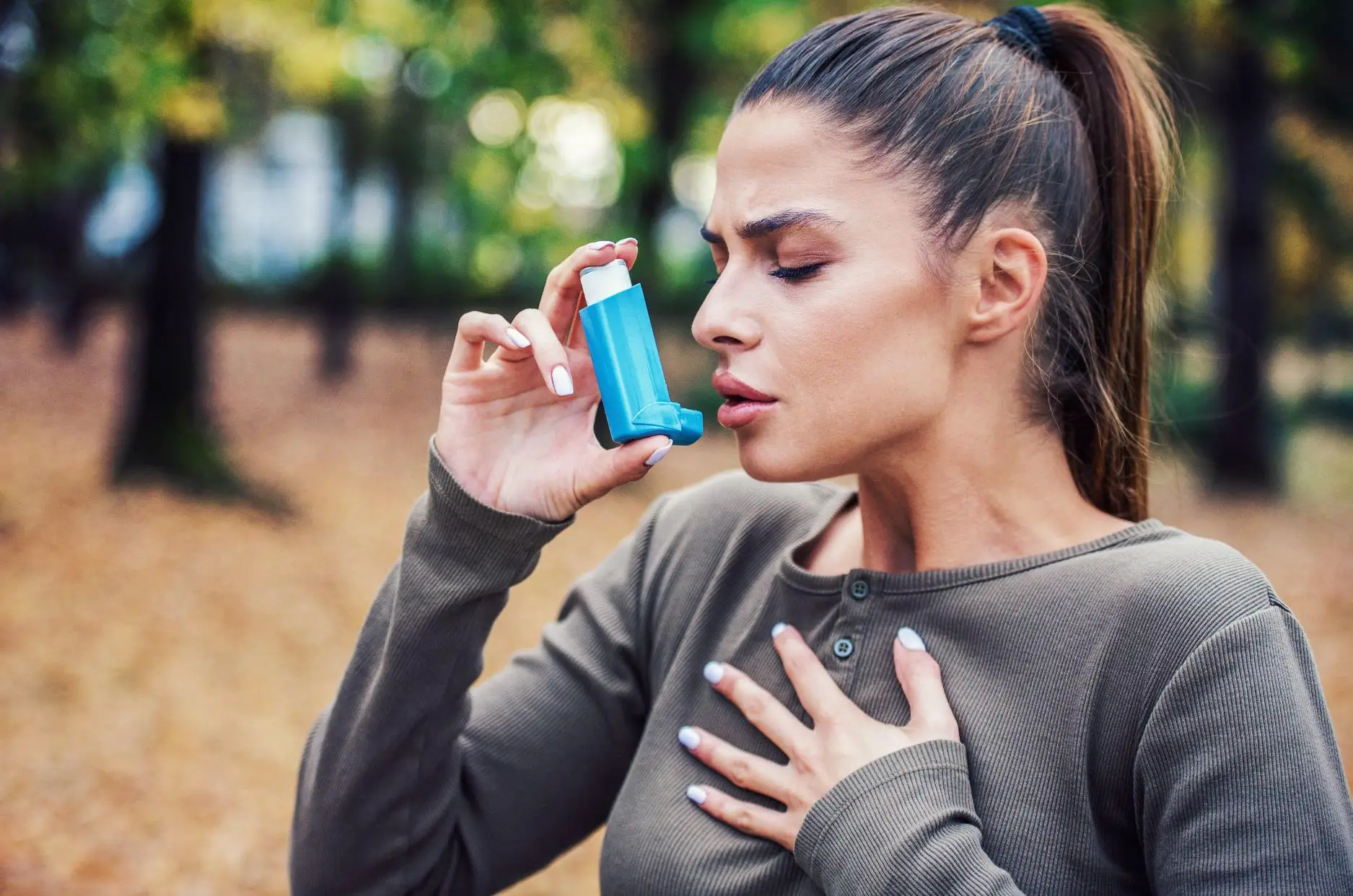Summary of Healing Long-Covid With Functional Medicine:
Dr. Mark Hyman interviews Dr. Leo Galland about COVID-19 and its impact on physiology and health, particularly on post-COVID syndrome or Long COVID. Dr. Galland has devoted most of his time to researching COVID-19 since the pandemic started and has created a series of documents and videos on Long COVID syndrome for healthcare practitioners and the public. Long COVID syndrome has many symptoms, but the most common are fatigue, brain fog, shortness of breath, and impaired exercise capacity. COVID-19 affects the body’s blood vessels, leading to inflammation and blood clotting, which impairs circulation to organs such as the lungs and the brain. This can cause shortness of breath and brain fog, respectively. Dr. Galland does not focus on the label of Long COVID syndrome, but rather on how COVID-19 impacts the body and its physiology, leading to health problems.
*****
How COVID-19 Impacts Your Body and What you Need to Know About Long COVID
Introduction
COVID-19 has been a global health crisis for over a year now. While some recover from the virus quickly, others experience long-lasting symptoms that negatively impact their health and daily life – known as Long COVID. In this episode of The Doctor’s Farmacy, Dr. Leo Galland, a board-certified internist and one of the founders of functional medicine, discusses the biology of COVID-19 and post-COVID syndrome.
Identifying Long COVID Symptoms
Dr. Galland highlights that Long COVID syndrome can manifest itself in many different ways. Symptoms persist for weeks to months after initial recovery from COVID-19. While there isn’t a single set of symptoms that define Long COVID, fatigue, brain fog, and shortness of breath are common complaints. Some patients experience new symptoms that did not manifest themselves initially.
Dr. Galland’s Approach
Dr. Galland emphasises the importance of investigating the impact of COVID-19 on individuals’ physiology and present health problems, rather than simply labelling them as having Long COVID. People who have recovered but are still symptomatic, and people who have mild COVID-19 symptoms first but then experience another infection and experience a new set of symptoms are now beginning to be classified under the Long COVID umbrella. Dr. Galland’s expertise lies in identifying the underlying mechanisms that caused these symptoms after COVID-19 onset.
The Vascular and Respiratory Connection
COVID-19 primarily attacks the respiratory system, but it has far-reaching effects, especially on the vascular system. It enters through the respiratory tract, contributing to inflammation of the blood vessels’ lining. This inflammation, in turn, triggers blood clots, which lead to the impairment of the blood vessels, reducing oxygen supply to various organs in the body. Lungs and the brain are particularly affected since both are sensitive to inflammation. Dr. Galland identifies that Shortness of breath relates to the microcirculation in the lungs, which is impacted by the blood clots. The brain fog results from inflammation near blood vessels, affecting the brain and autonomic nervous system regulation, and POTS affects heart rate and blood pressure.
Understanding Blood Circulation Restoration
No treatment currently cures Long COVID thoroughly. Dr. Galland recommends restoring blood circulation to affected organs to alleviate some symptoms. Treatments like blood thinners, oxygen therapy, and vascular therapies are used to prevent or ease symptoms. The importance of identifying Long COVID symptoms early and seeking treatment is crucial to prevent long-term damage to organs.
Conclusion
Due to the complexity of Long COVID, experts like Dr. Leo Galland are researching and studying the long-term effects to create preventive measures and treatments to alleviate suffering. While the road to recovery is long, identifying the underlying issues that occur after COVID-19 onset and seeking treatment is necessary to allow individuals to regain their health and quality of life.



Comments are closed